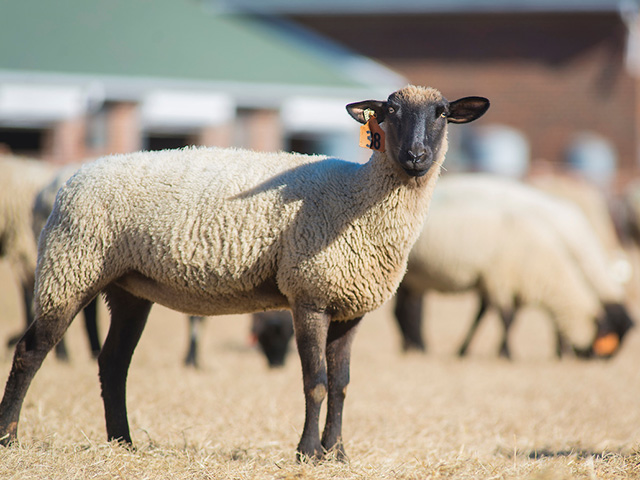Why Every Animal Species Matters

Sheep grazing at the OSU Sheep barn on the Stillwater Campus Animal Science farms.
In an increasingly interconnected world, the delicate balance of nature is more critical than ever. Biodiversity, the variety of life on Earth, encompasses all living organisms and their ecosystems. Every animal species, from the tiniest insects to the grandest mammals, plays a unique and indispensable role in maintaining the health and stability of our planet. This article will delve into the significance of biodiversity, exploring why every animal species matters in the grand tapestry of life.
The Web of Life
Biodiversity is often referred to as the “web of life” because every species is interconnected. Think of it as a complex puzzle where each piece, regardless of its size, fits perfectly into the whole picture. If we were to remove a single piece, it would disrupt the entire puzzle. This analogy mirrors the consequences of species extinction.
The extinction of a single species can set off a chain reaction that affects other species, including humans. A classic example is the disappearance of bees, which are vital for pollinating our food crops. Without them, the global food supply chain would be severely compromised. The interconnectedness of all species highlights the importance of protecting even the most inconspicuous organisms.
Ecosystem Services
Biodiversity provides a myriad of ecosystem services that are essential for human survival. These services include pollination, clean water, climate regulation, and pest control. Every animal species contributes to these services in unique ways. For instance, apex predators help control prey populations, ensuring a balanced ecosystem.
A diverse range of animal species also contributes to the health of our soils, which are the foundation of agriculture. From earthworms to microorganisms, each plays a part in nutrient cycling, making soil fertile and capable of sustaining plant life. This intricate dance of species sustains the ecosystem services that we often take for granted.
Scientific Advancements and Medicine
Biodiversity is a treasure trove of scientific knowledge and potential medical breakthroughs. Many of the plants and animals that make up our diverse ecosystems contain compounds and genetic traits that can be harnessed for various purposes. From the discovery of new drugs to the development of bio-inspired technologies, biodiversity is a source of innovation.
For instance, the venom of certain species has led to the creation of life-saving medications. The study of animal behavior and physiology has also inspired innovations in robotics and engineering. Preserving biodiversity is not only a moral duty but an investment in the advancement of science and medicine.
Cultural and Aesthetic Value
Every animal species also holds cultural and aesthetic value. Indigenous cultures around the world have deeply rooted connections to specific animal species. These creatures often play central roles in their folklore, rituals, and identity. In many societies, animals are revered and respected for their unique qualities.
Furthermore, the aesthetic value of biodiversity is immeasurable. The vibrant colors, patterns, and behaviors of various animal species are a source of wonder and inspiration. Their presence in our lives enhances our appreciation of the natural world and enriches our cultural experiences.

The Threats to Biodiversity
Despite the undeniable importance of biodiversity, it is facing unprecedented threats. Habitat destruction, climate change, pollution, and overexploitation are pushing countless species toward extinction. Human activities are the primary drivers of these threats, but we also have the power to reverse the course.
Conservation efforts, sustainable practices, and policy changes can help mitigate the loss of biodiversity. We must act collectively to protect the intricate tapestry of life on Earth. As responsible stewards of this planet, it is our duty to ensure that every animal species continues to matter and thrive.
Conclusion
In conclusion, the importance of biodiversity cannot be overstated. Every animal species, no matter how seemingly insignificant, plays a crucial role in maintaining the health and balance of our planet. From the intricate web of life to the provision of ecosystem services, from scientific advancements to cultural and aesthetic value, the preservation of biodiversity is essential for the well-being of all life on Earth.
We must acknowledge the threats facing biodiversity and take immediate action to protect and conserve it. The extinction of any species is a loss not only for the natural world but for humanity itself. It is our collective responsibility to ensure that every animal species matters for generations to come. If you are seeking a source of inspiration and guidance about every animal species, visit http://www.friendsofohiopyle.info/ for further info.



